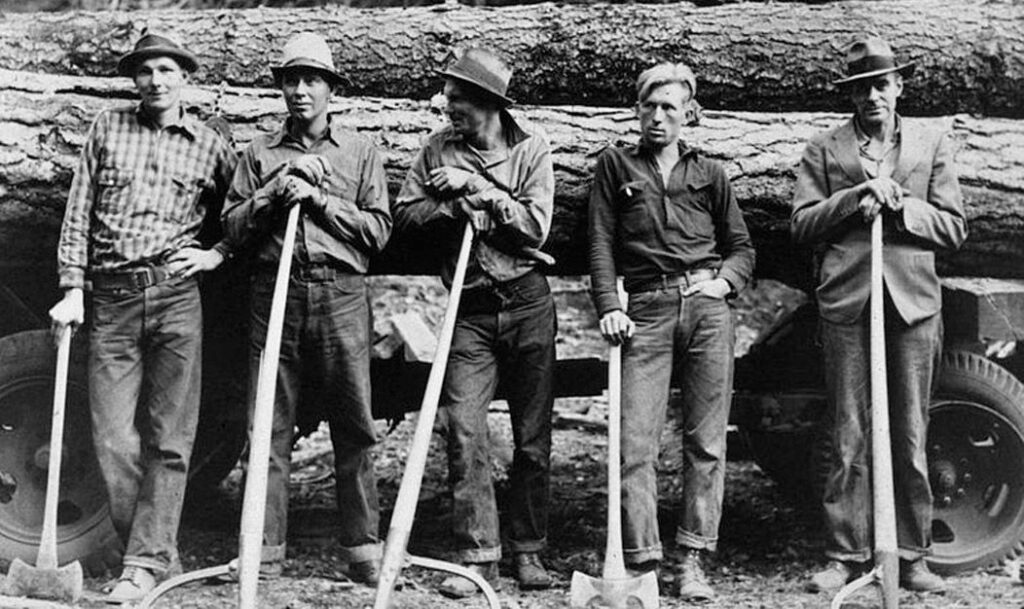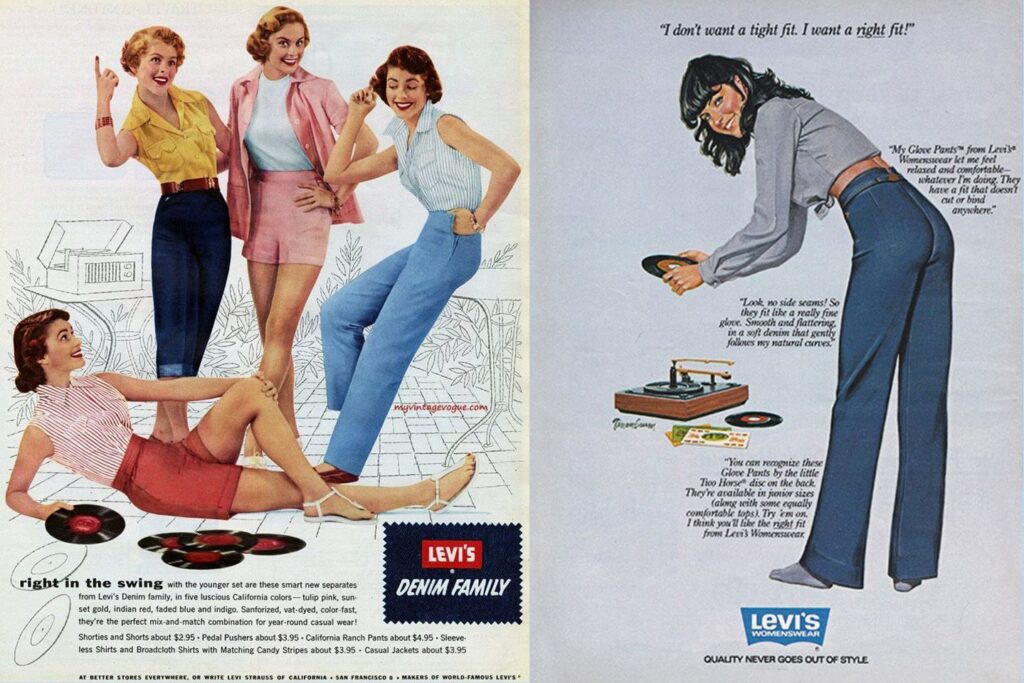Few items feel as timelessly iconic as blue jeans. Their casual aesthetic seamlessly blends into any era, worn by everyone from laborers to rockstars to fashion models. Yet this versatile wardrobe staple wasn’t always mainstream apparel. The history of blue Jeans began strictly as hardy gear for gritty frontier survival before becoming universal closet necessities over nearly 150 years.
The story of how indestructible work pants transformed into beloved cultural fashion interweaves threads of innovation that literally stitched together the very fabric of Americana.

Pants Built for the Gold Rush
When businessman Levi Strauss migrated from Bavaria to San Francisco in 1853 chasing Gold Rush fortunes, miners scrambled for gear before heading inland to strike it rich. Strauss catered to these ambitious prospectors by importing sturdy European fabrics for trousers through his dry goods store.
But durable as his wares were, Strauss knew the cloth itself could be bolstered even further. As fate had it, tailor Jacob Davis from frontier Nevada was also brainstorming ways to reinforce work pants formanual laborers.
In 1872, Davis pitched Strauss on his clever innovation – adding copper rivets at the most vulnerable high-wear points like pocket corners. After partnering to patent the design, Strauss lost no time producing improved “waist overalls” with Davis’ rivets securing critical stress areas.
For Western miners and railway workers, the reinforced jeans delivered on their promise to outlast traditional garments. And crucially, they now bore a signature brand – Levi Strauss & Co.
From Workwear to Cultural Phenomenon
At first, Strauss’ waist overalls were purely a utility product allowing farmers, railway workers and miners more stamina through long days of grueling labor.
The jeans were marketed solely as indestructible work pants under the “XX” brand since climates were considered too harsh for leather belts. Instead, wool suspenders secured waists snugly.
Later additions like a small rear cinch belt boosted comfort while preventing gaping as laborers bent and moved. And through it all, the copper rivets remained to strengthen trouser integrity at knees, hems and pockets for added decades of use.
But over decades of cultural shifts, denim slowly shed its sole reputation as humble work pants as trendsetters, films and music adopted the utilitarian look.
In the 1930s, dude ranch vacations first brought jeans into leisurewear. Soon Western films turned cowboy icons like John Wayne and Gary Cooper wearing rugged denim into national sex symbols. By the time rebels embodied by Marlon Brando and James Dean sporting jeans hit the silver screen in the 1950s, denim carried irresistible outsider appeal.

Almost overnight, jeans became the signature garment for counterculture youth seeking to express identity and buck establishment norms their parents had followed. Whether on bikers, hippies or everyday students, jeans symbolized rebellion, freedom and casual indifference to convention.
By the 1960s, the former work staple was quickly becoming mainstream fashion fodder rather than just mining gear. Trendsetters and designers continued introducing new provocative styles that boosted mass appeal.
Stitching Together an Enduring Legacy
Over the late 20th century, jeans became more ubiquitous and socially acceptable at schools and jobs where they would have been shunned decades prior. Yet much innovation still lay ahead.
Popular looks diversified wildly into flared bells, stonewashed fading, strategic ripped details and more. Denim also shed its reputation as a fabric solely for the young once baby boomers hit midlife crises. Designers responded with relaxed fits and stretch material to accommodate changing consumer needs. Premium styles and brands turned high fashion too, from Calvin Klein to bespoke lines for wealthy urbanites more likely to mine stock options than ore deposits these days.
By the new millennium, American jeans had patently evolved from durable miners’ overalls to become perhaps the most influential garment globally in both culture and commerce. While silhouettes continuously shift with the times, new generations still proudly break in their own rugged pairs the old-fashioned way thanks to pure durability intact from early days.
Few notice copper rivets during trying on sessions anymore. Yet traces of resourcefulness by two visionary pioneers indelibly shape every off-the-rack pair to this day.
Modern wardrobes now default to more varieties of denim than early general stores stocked combined wares once upon a time on the rough-and-tumble frontier. Yet whether cut distressed or bedazzled, that legendary spirit of endurance prevails through it all, stitching together the very soul of iconic American blue jeans.



